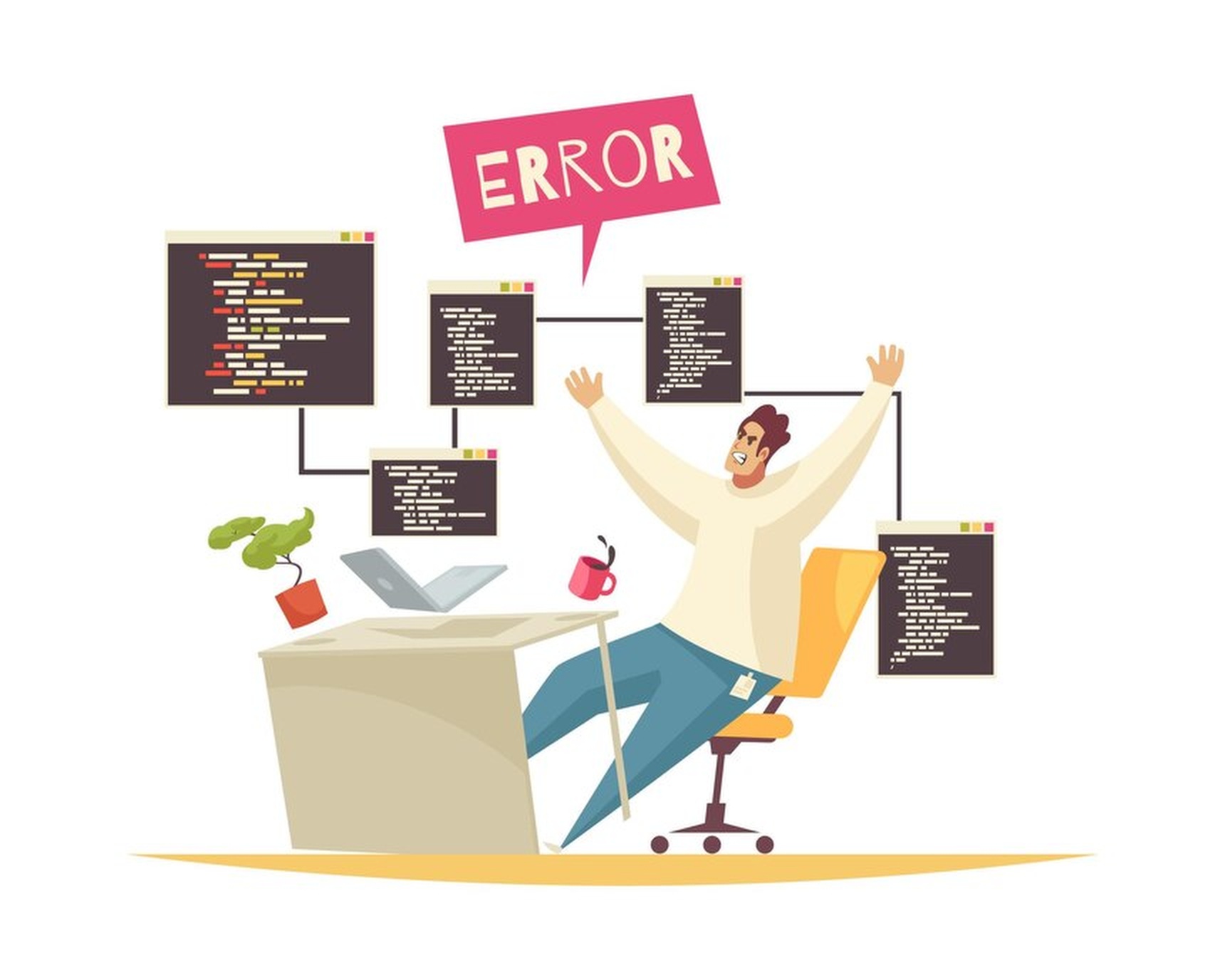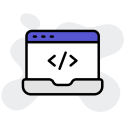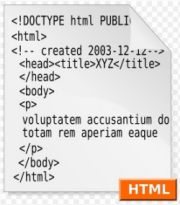5 Common Coding Mistakes That Hurt Your Website’s Performance (and How To Fix Them)

A fast website is like a good host. It makes people want to visit and stay. Website performance is not just speed, but also about improving user satisfaction and SEO rankings. Sometimes, slow websites have hidden problems. These are coding mistakes that developers unknowingly make. If resolved, they can enhance the site’s speed and reduce bounce rates. Below are five common coding mistakes that harm your website performance and how you can fix them.
Overloading The Website With Unnecessary Javascript
JavaScript errors cause websites to work slowly. Many developers add libraries and frameworks to websites they create. However, too many JavaScript files can prevent pages from loading fast. This delays the entire user experience.
If your website takes too long to respond, users will leave. This situation also impacts your web ranking. A high Time to Interactive always means poor scores on Google’s Core Web Vitals.
You need to clean up unused functions and libraries. Use lazy loading for elements like videos and maps that are not the main focus. Tools like Webpack and Rollup can help split the code. They ensure that the required code runs first, and everything else loads in the background.
A regular audit of JavaScript usage can help. Use tools like Lighthouse from Google Chrome. You can check which scripts slow down your web pages.
Ignoring Image Optimization
Large images will hurt your webpage’s speed and bandwidth. Many websites upload images without compressing them first. Pictures in PNG or other heavy formats are also a common issue. This often slows down page loading times immensely and makes browsers work harder to render.
When images take time to load, they consume internet resources. This negatively impacts user satisfaction. A website that loads slowly often loses visits and reduces retention rates.
You should compress all images before using them. Use optimization tools like TinyPNG or ShortPixel to make photos smaller in size. A modern WebP or AVIF image format is better for faster performance. You can also add responsive images to improve compatibility across devices.
A Content Delivery Network is also a useful tool for websites. It helps give images to users from a closer server. This reduces the waiting time for page loading. Remember, optimized photos improve both appearance and usability.
Not Leveraging Browser Caching
Some websites make the same files download again every time you revisit. This is a common error in websites. Not using browser caching forces users to reload all images, CSS, and JavaScript every time they open a page.
Reduced caching means you send more HTTP requests in every session. This slows the experience down. Return visitors experience delays and higher load times.
To solve this, add correct caching directions for modern browsers. Configure HTTP headers using Cache-Control or Expires. Plugins for WordPress, like WP Super Cache, provide good options to leverage caching.
Tools like Pingdom help monitor cache settings. Regularly clear out old cache data and keep flexible expiry rules on your settings. This way, files will not always be downloaded fresh every single time.
Writing Inefficient Or Bloated CSS Code
Some CSS practices can make websites bloated with repeated code. It is easy to get carried away while creating design styles. Overwritten CSS styles and unused ones can increase file sizes. This makes CSS render-blocking for websites unnecessarily tricky.
When too many CSS files load poorly, users might see broken layouts. Your website design may not appear correctly. It wastes time and gives a bad experience.
To avoid this, write CSS in a simpler and organized format. Using preprocessors like SASS to organize huge stylesheets is a smart choice. Minifying tools like PurifyCSS or CleanCSS will help eliminate unnecessary entries. You should always review which CSS classes are really in use.
To improve rendering times, you can embed only critical styles. This Critical CSS directly affects the visible portion first and saves bandwidth for later parts.
Failing To Optimise Database Queries
Database tables that are disorganized make query times long and slow. Websites handling dynamic content must pay extra attention. Poor indexing or neglecting table optimization affects how smoothly your backend works.
A slow database means page load times will increase. Complex dynamic sites lose functionality. This will directly reduce user engagement on those websites.
Remove unnecessary data entries in your databases. Clean up tables that are no longer in use. Always index fields that are used most often in lookups. For example, if a column gets searched frequently, indexing it improves retrieval time.
Avoid running queries that select entire datasets using SELECT *. Instead, provide specific required columns only. For web developers working on WordPress, plugins like WP-Optimise automate the database cleanup needs.
You should also test database performance using tools like MySQL Workbench. It helps track inefficiencies in the way your queries are executed.
How To Prevent These Mistakes In The Future
Coders are often not aware why their sites get slow, slow!. Developers need education in following the best technical practices. A few adjustments can reduce recurring performance issues. Prevention begins with awareness.
Create a workflow where you regularly monitor your website. You should invest in integrating continuous performance checks. Tools within CI pipelines can review every update to ensure fewer mistakes.
Make it a practice to audit the entire website structure at intervals. Check database usage, media files, and code every few months. This will maintain overall functionality for users.
Stay aware of the latest coding techniques. Technology keeps advancing fast. Upgrading digital knowledge will help you avoid outdated practices.
Conclusion
Bad coding can hurt websites in ways developers do not notice immediately. Whether too much JavaScript, unoptimized media, or lazy query handling, all affect performance negatively. Fixing these common coding errors will greatly enhance the speed of your website. It will also make the user experience smoother and SEO rankings better. Regular practice and small adjustments ensure your website functions as best as possible, keeping users and systems balanced.



